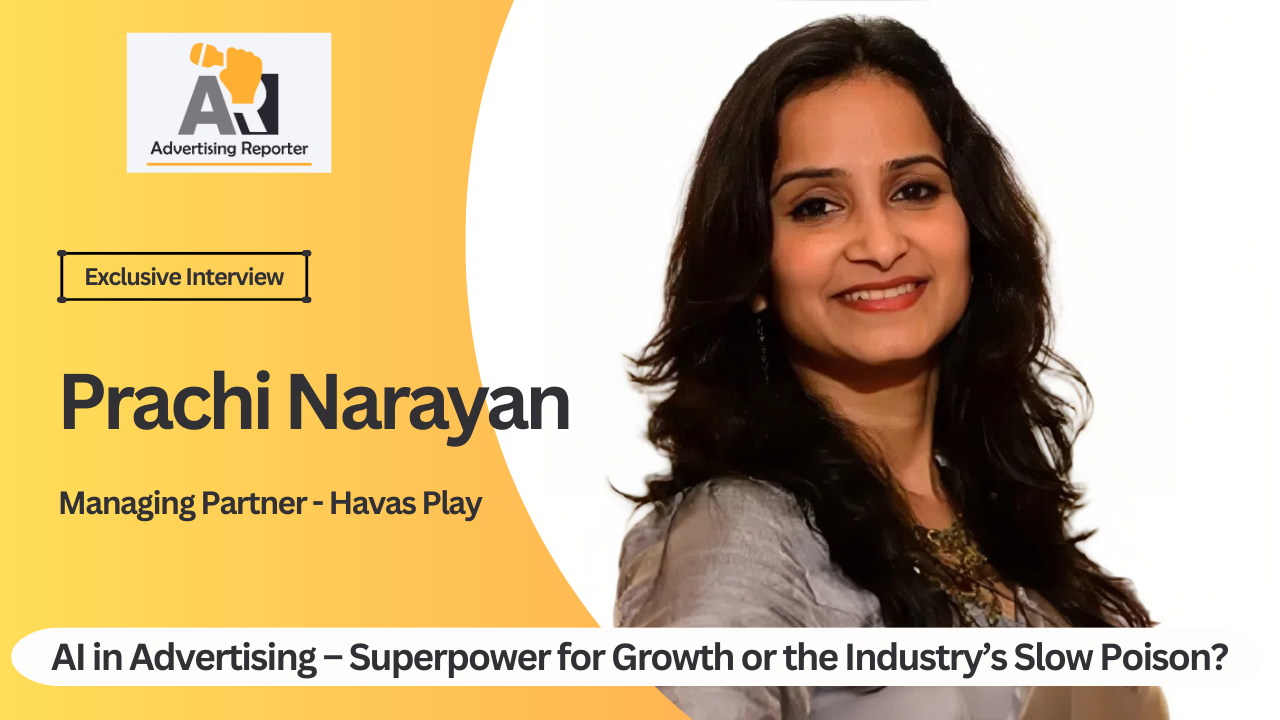1.) You’ve worked across television, festivals, live events, and now branded content. How has the definition of “impactful content” evolved for you over the years?
Over the years, I’ve realised that every platform demands something unique — in news, it’s about
immediacy; in festivals, it’s about immersion; in live events, it’s about creating moments that linger;
and in branded content, it’s about building relevance. But the true test of “impact” has never been format — it’s what the content leaves behind.
For me, impactful content is either authentic enough to build sustained engagement or disruptive
enough to spark new conversations. Virality and momentary applause have their place, but they
rarely last. What does last is a story that feels true, that connects deeply, and that continues to
engage beyond the first scroll or the first cheer. That, to me, is the real evolution of impactful
content.
2.) India’s creative industry is at a point where local storytelling is gaining global recognition. How do you think brands can leverage this momentum to create work that resonates both locally and internationally?
The world is no longer looking for “globalised” Indian stories — they want authentic Indian stories.
Our folklore, dialects, street cultures, and contemporary contradictions are rich creative goldmines.
Brands that succeed will be the ones who treat local not as a box to tick, but as a lens to innovate.
A narrative about a Mumbai dabbawala, a Khasi musician, or a small-town inventor doesn’t have to
be “universalised” to travel — the more rooted it is, the more it transcends geography. The sweet
spot is in fusing this cultural specificity with universal human emotions — ambition, love, humour,
resilience — so that it resonates with a villager in Rajasthan and a viewer in Rio with equal force.
3.) With technology from AI to real-time analytics becoming part of the creative process, how do you ensure that human intuition and emotional depth remain central to your content?
I see technology as the GPS, not the driver. AI, analytics, and automation can chart routes, optimise
journeys, and alert us to roadblocks — but it’s the human storyteller who decides where to go and why.
The soul of content still comes from instinct — the pause in a conversation, the unspoken look, the
cultural nuance that an algorithm can’t compute. At Havas Play, we use tech to listen better and work faster, but we protect space for creative gut calls. Sometimes, the data says zig, but the heart says zag — and it’s that zag that makes the work unforgettable.
4.) As audience attention spans shrink, yet content consumption skyrockets, what formats or approaches do you see dominating the branded content space in the next 3–5 years?
I think we’re heading towards a new duality — micro and immersive. On one end, bite-sized,
platform-native pieces designed for snacking — snackable reels, interactive stories, quick episodic hooks. On the other, slow-burn immersive formats — branded documentaries, live experiences, AR/VR narratives that audience’s step into and stay with.
The win will come from thinking ecosystem-first rather than format-first. A story can begin as a 10-
second TikTok, expand into a live event, live on as a podcast, and end up as a streaming special. The audience doesn’t see “formats” — they see a world they want to enter, in whichever way fits their moment.
5.) Looking ahead, what’s your vision for the role of content leaders in shaping the future of India’s advertising and marketing landscape?
Tomorrow’s content leaders won’t just be creative directors — they’ll be cultural architects. Our role will be to navigate brand purpose, societal shifts, and emerging tech with equal fluency, creating work that’s not only commercially effective but culturally catalytic.
India’s diversity gives us a canvas unlike any other — we can prototype future storytelling models
here that the rest of the world will follow. My vision is for content leaders to champion bold, original,
and inclusive narratives, and to mentor the next generation of storytellers who will inherit a media
landscape more fluid, fragmented, and full of possibility than ever before.
